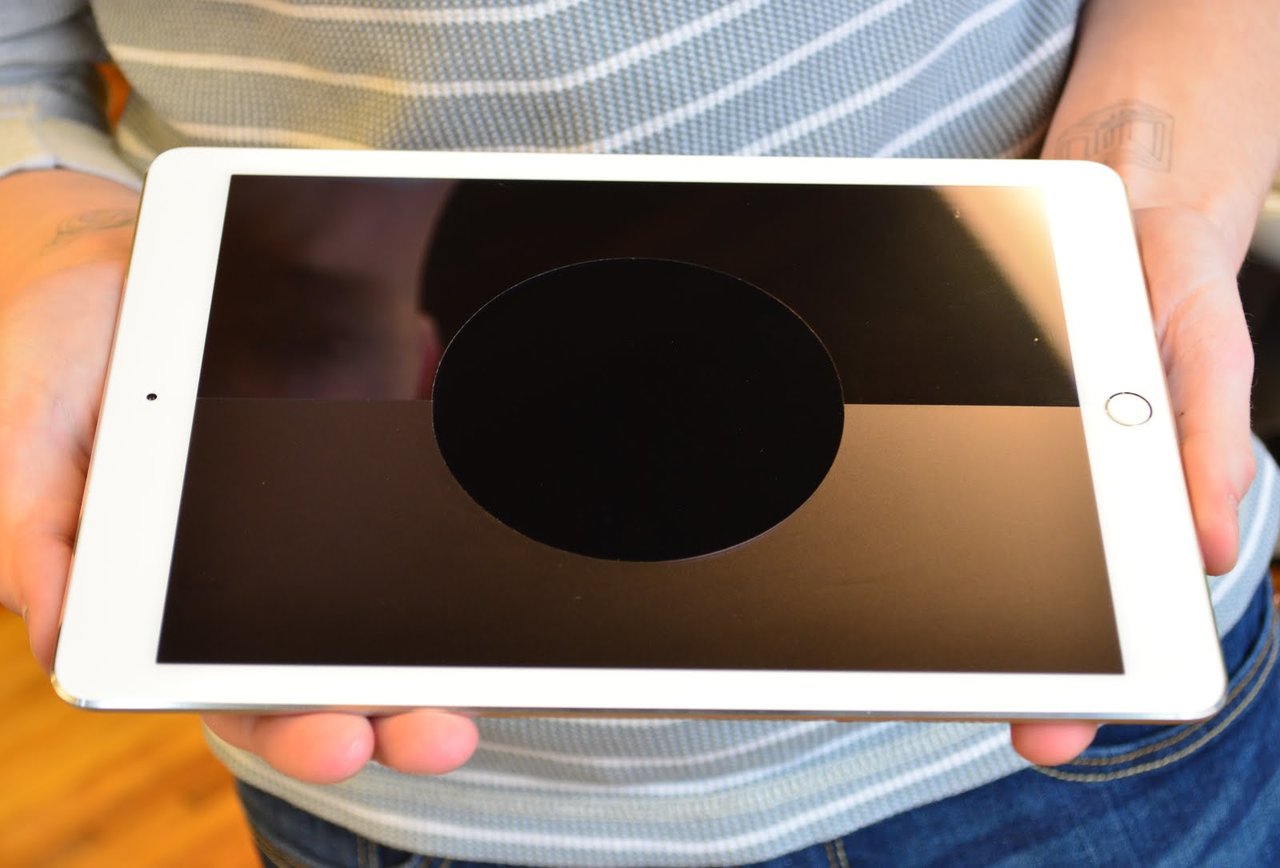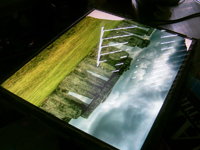You said, "if you get glare move the monitor". The monitor's lighting environment/vectors, placement, and targeted usage are critical. Some people seem to want to use their monitors with direct light sources such as overhead and/or behind lighting and windows/sunlight hitting them and bouncing off of the monitor face. For a portable that could make sense, but outdoor photographers and cameramen use hoods over their camera viewports for a reason. For an office monitor with horrible fluorescent lighting overhead that could make sense too, but some technicolor certified professional monitors come with monitor hoods for a reason. Some also come with light sensing hardware+software to adjust for ambient light changes in an attempt to maintain calibration to your eyes/brain's lighting (contrast, saturation) biases.
A point where some of us differ is that we want to use our monitors in a home theater (home gaming theater) and/or a photography/video studio where the image clarity is pristine and the monitor settings or calibration are not compromised to our eyes by differing ambient light swings let alone direct light bouncing off of the monitor's face. In a studio or a home theater, you design the viewing environment to suit the experience(e.g. display and seating placement/orientation, lighting design/placement, windows and window treatments, surround speaker placement, etc.) rather than compromising your experience to suit the (improper) environment. You aren't supposed to let (direct) light hit the monitor face if you want a pristine view of a monitor with it's settings/calibration (including contrast, black depth, and saturation) maintained to your eyes.
Why do people not use hoods with their home theatres?
![[H]ard|Forum](/styles/hardforum/xenforo/logo_dark.png)








